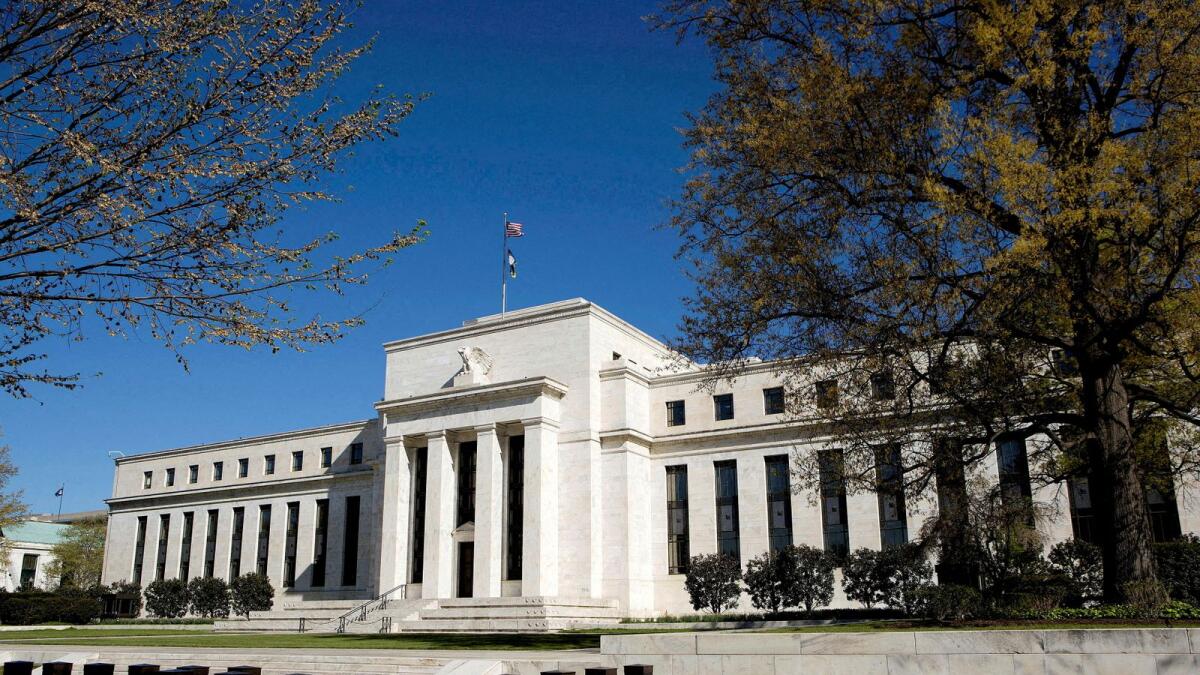The Federal Reserve has been closely monitoring inflation in the US, with recent data suggesting that inflation rates peak in 2021 have been falling significantly. The Fed began using the term “elevated” to describe inflation once it surpassed the two per cent target, but with the PCE now down to 2.6 per cent and falling, there is a possibility that the term may be dropped in the upcoming policy meeting. This change in language could signal a shift towards interest rate cuts and ease in monetary policy, which investors are anticipating.
The changes in how inflation is described by the Fed could also impact the timing of future rate cuts. Currently, the policy statement mentions that rates will not be cut until there is greater confidence that inflation is moving towards two per cent sustainably. The Fed has shown a willingness to adjust their language based on economic data, and upcoming PCE data for June could play a significant role in their decision-making process. Economists believe that a change in the description of inflation may be warranted given the recent trends in price data.
Fed officials have been closely monitoring various indicators of inflation to gauge the overall economic situation. The shift in staff commentary from acknowledging a rise in inflation to describing it as elevated reflects the changing economic landscape. Recent data on housing inflation and rental prices suggest a meaningful deceleration in certain sectors, which could influence the Fed’s decision-making process. The staff commentary provides valuable insights into the economy, and changes in tone could offer signals about future policy actions.
As inflation rates show signs of cooling, some economists believe that a more aggressive acknowledgment from the Fed is necessary. Recent discussions among Fed policymakers have hinted at thresholds that could trigger changes in how the economy is described and potential policy reactions. The focus on key economic indicators such as growth, job market conditions, and inflation plays a crucial role in shaping the policy statement. With new PCE data on the horizon, the Fed will have to make appropriate adjustments based on the latest economic trends.
The recent trend of falling prices in various sectors indicates a potential shift towards a disinflationary trend in the economy. Goods prices have been declining, and wages and service prices are moderating as well. New York Fed President John Williams noted that the US is moving closer to the desired disinflationary trend. Data analysis by inflation experts like Omair Sharif suggests that underlying inflation has been close to the Fed’s two per cent target for the past year. This data supports the argument for a potential change in the Fed’s inflation description in the upcoming policy meeting.
In conclusion, the Fed’s decision to change the language used to describe inflation could have significant implications for future monetary policy decisions. With inflation rates showing signs of easing and economic indicators pointing towards a disinflationary trend, investors are anticipating a potential shift towards interest rate cuts. The upcoming policy meeting will provide further insights into the Fed’s stance on inflation and the overall economic outlook. By closely monitoring key economic indicators and adjusting their language accordingly, the Fed aims to maintain stability and support economic growth in the US.











